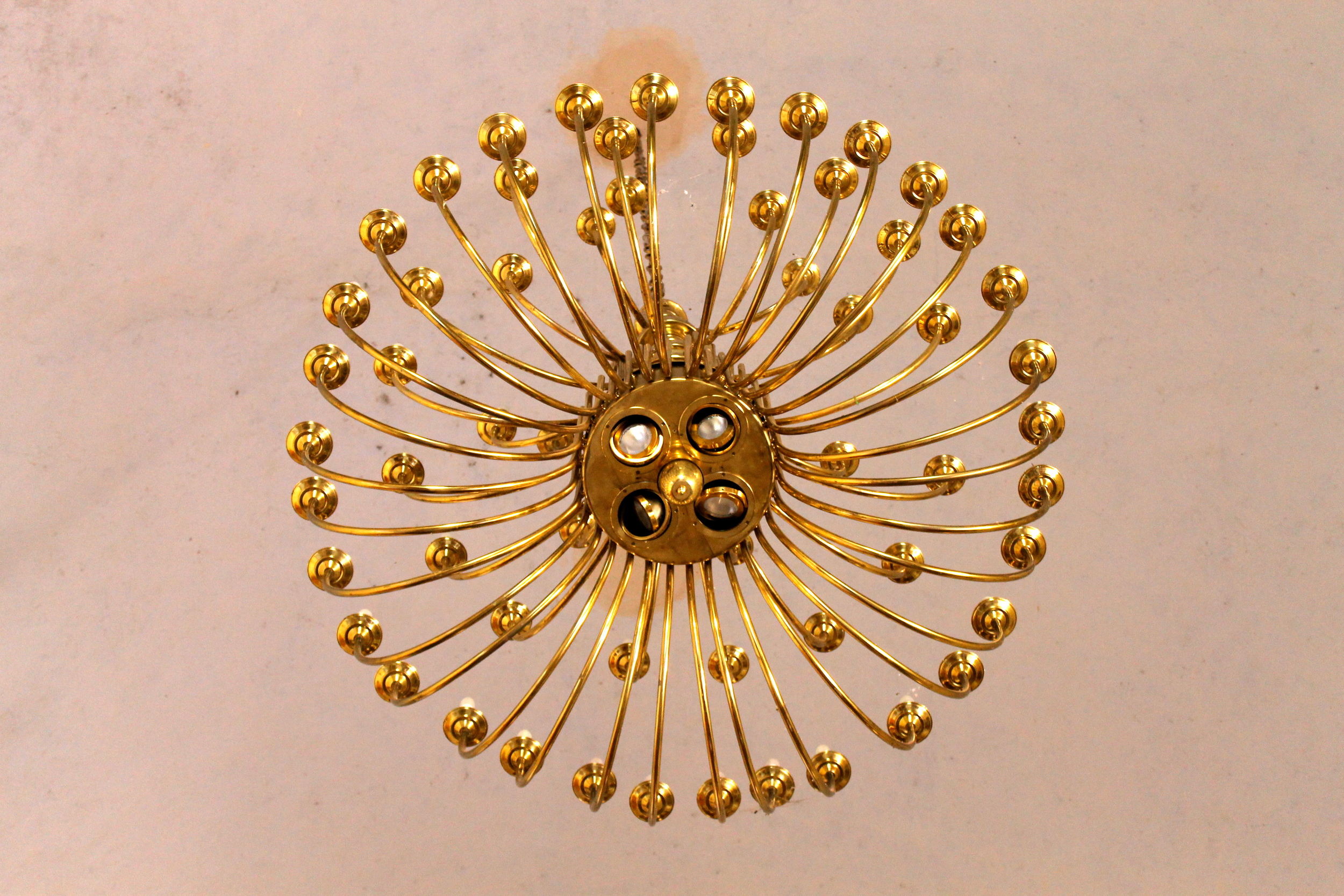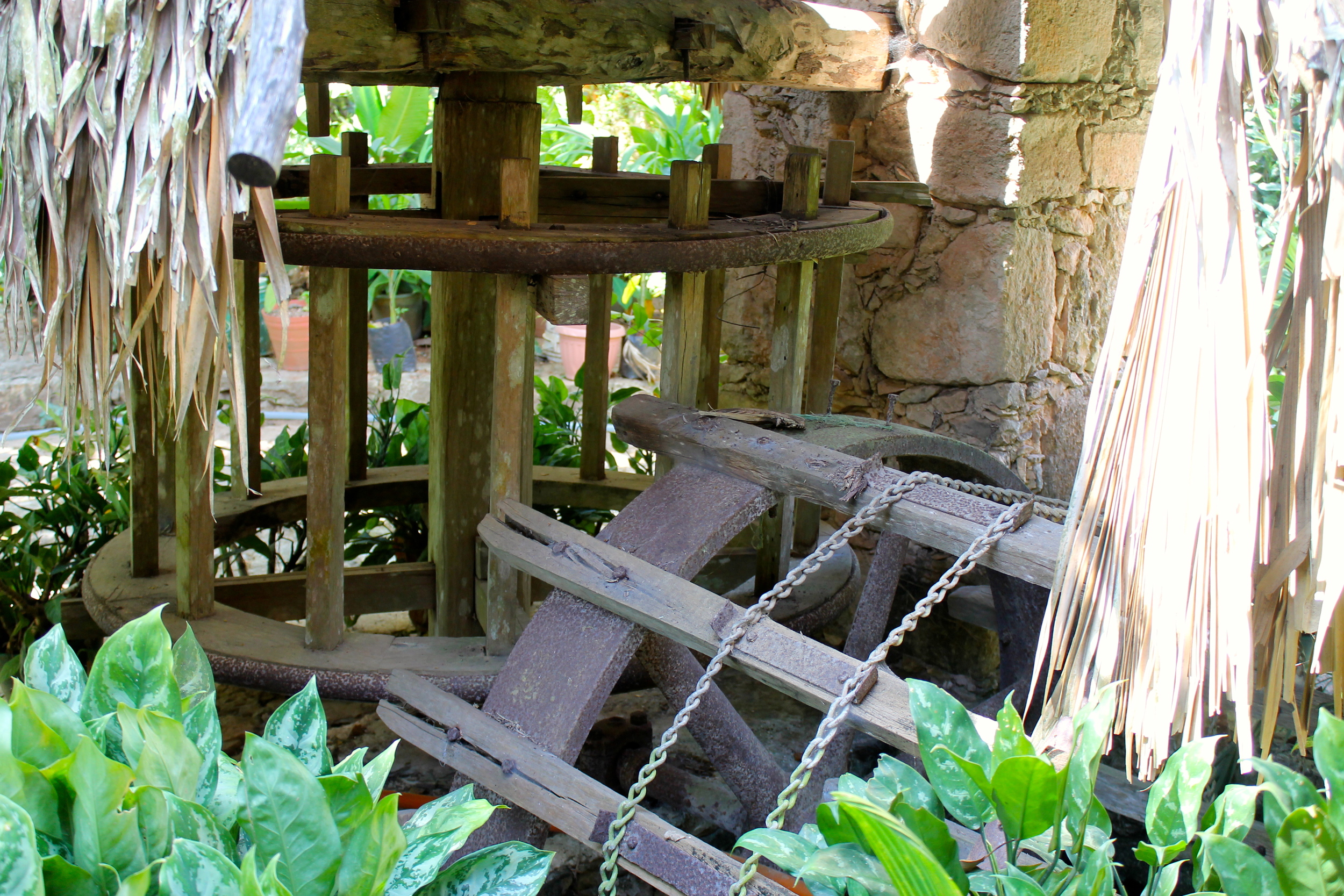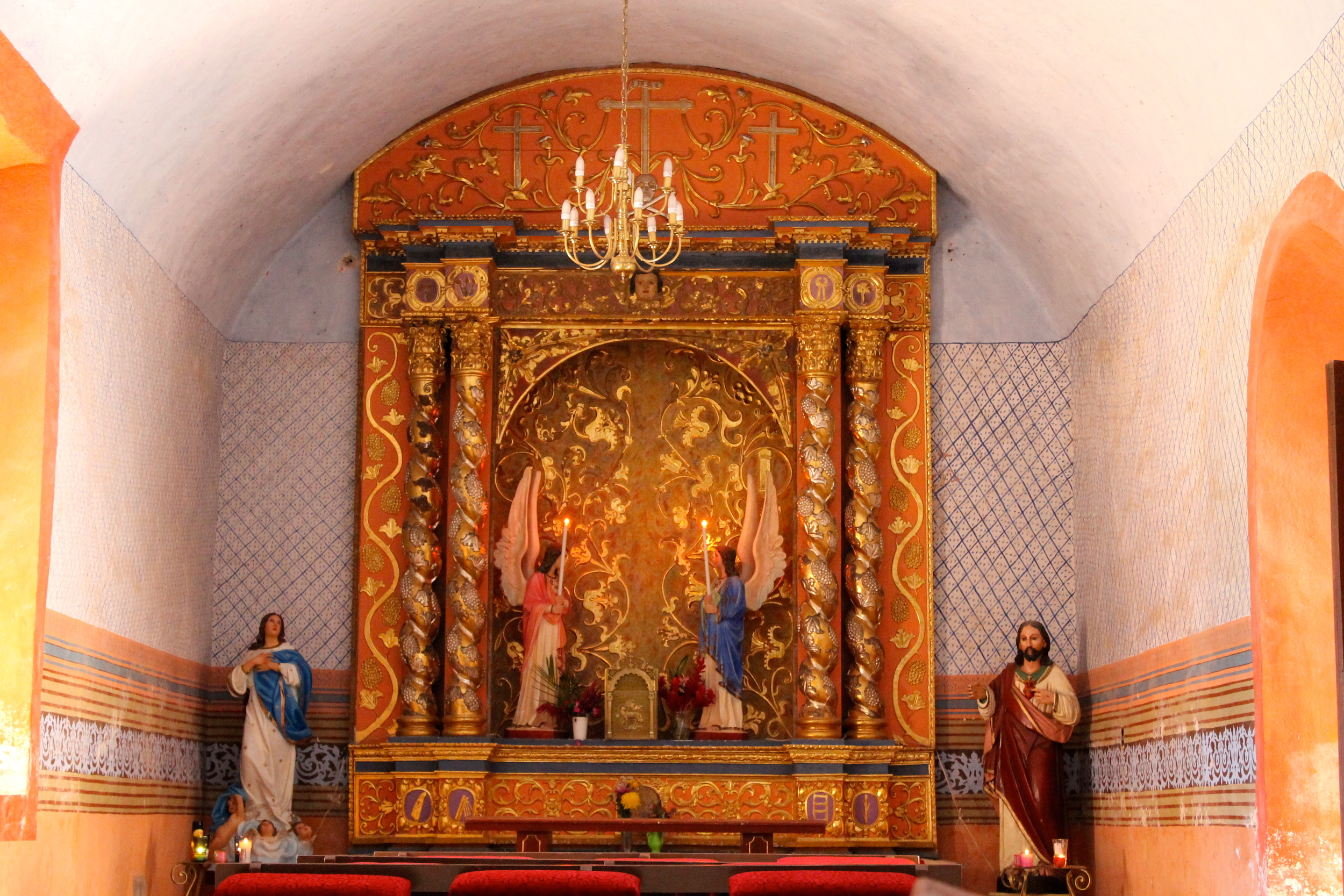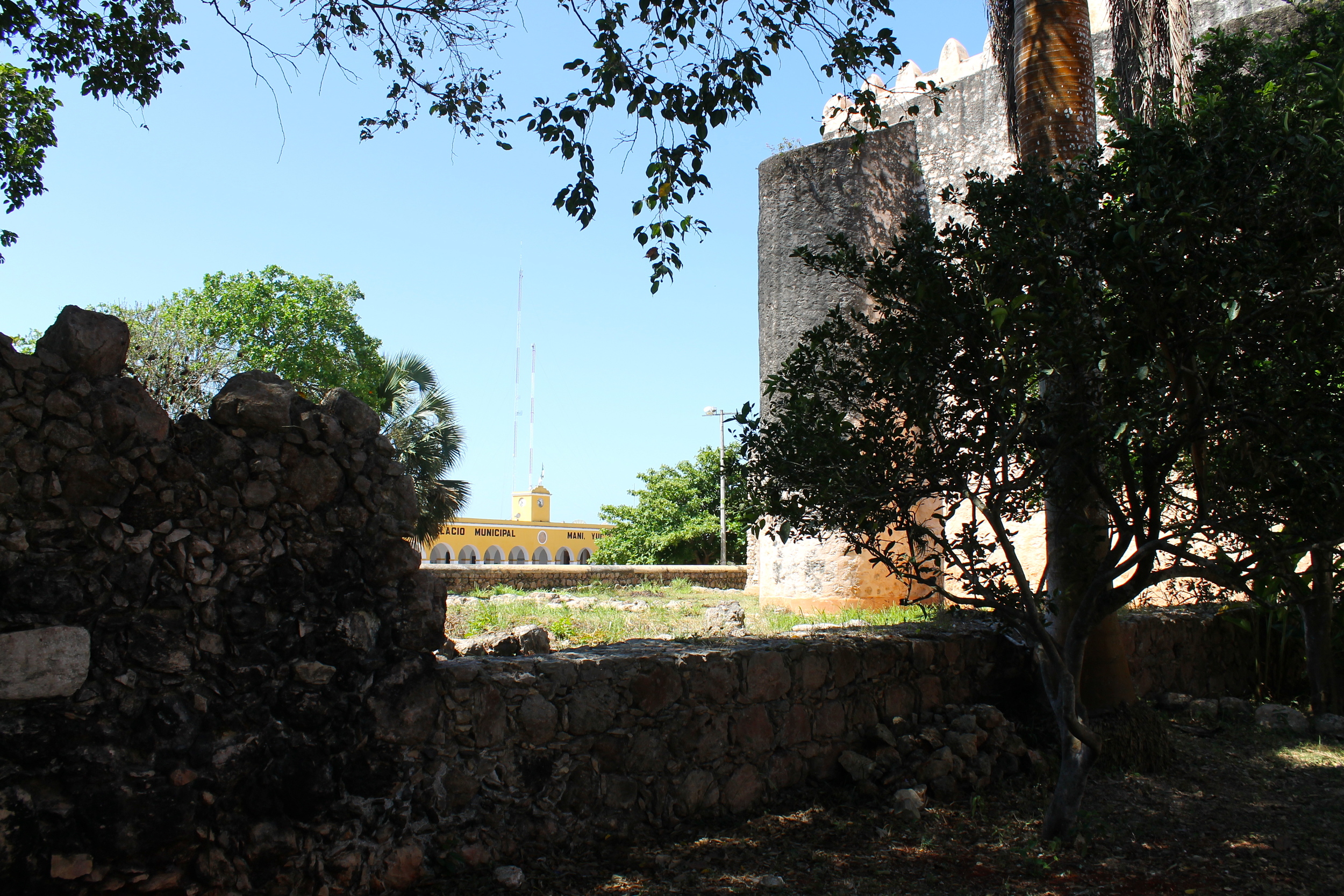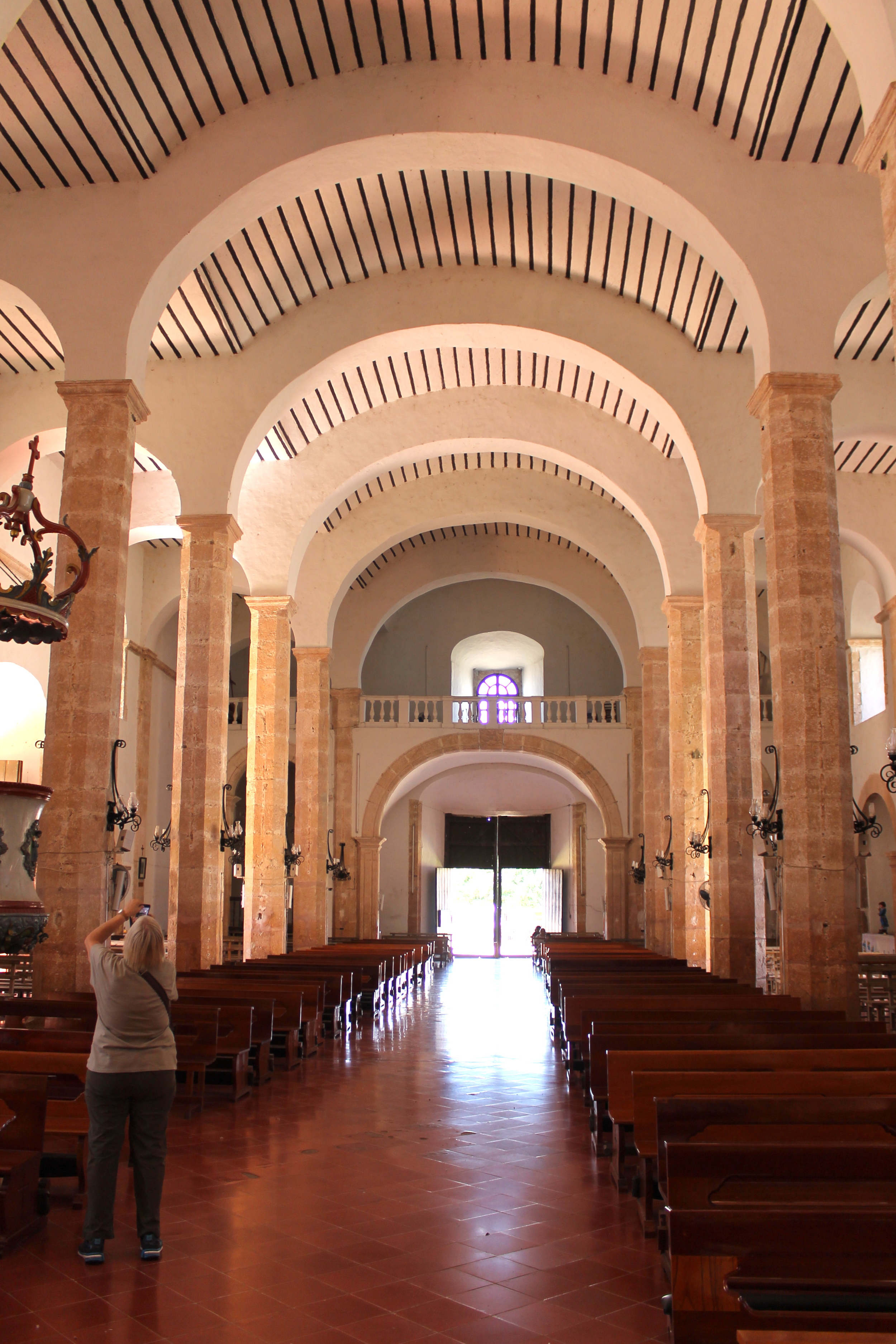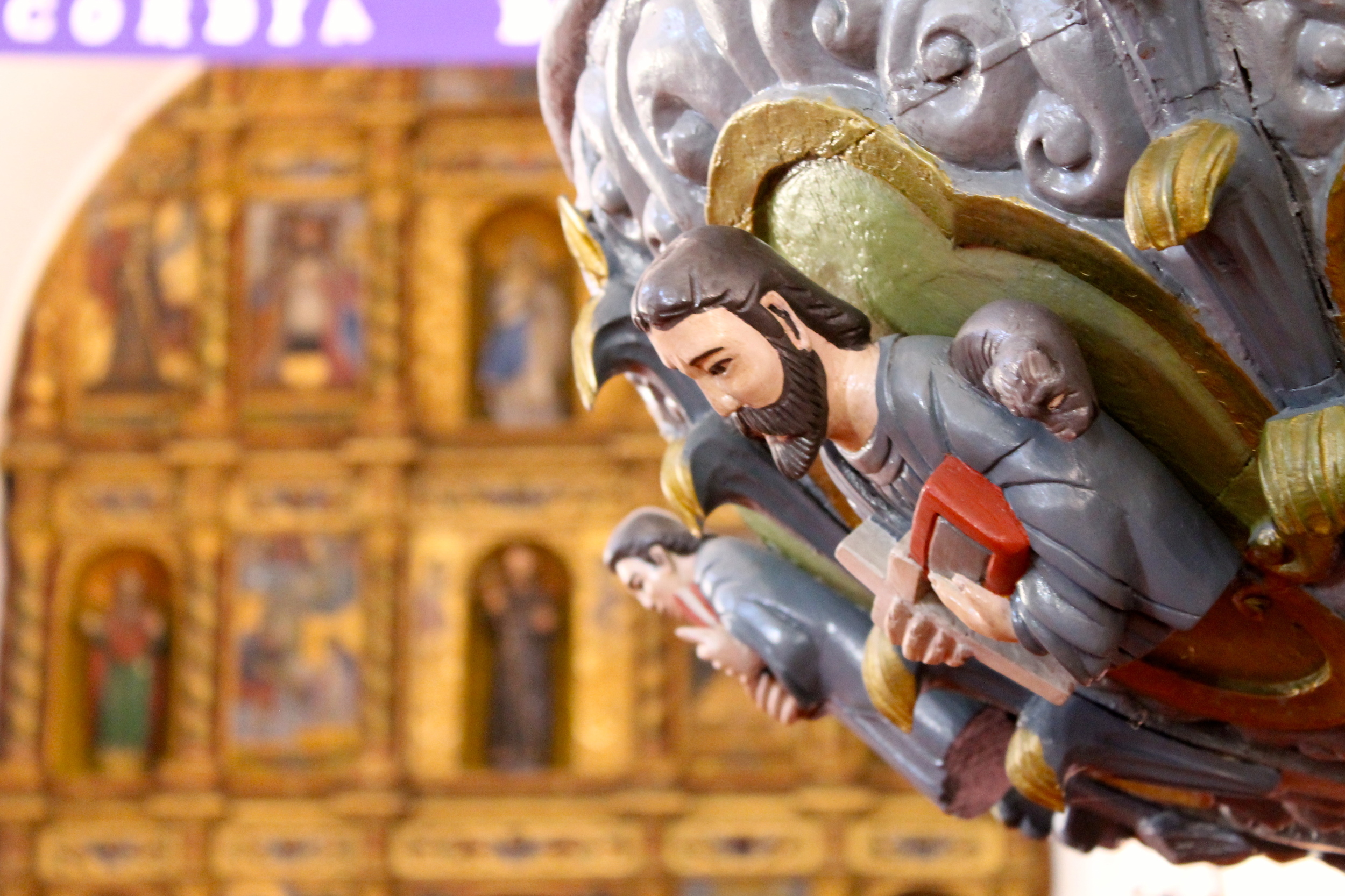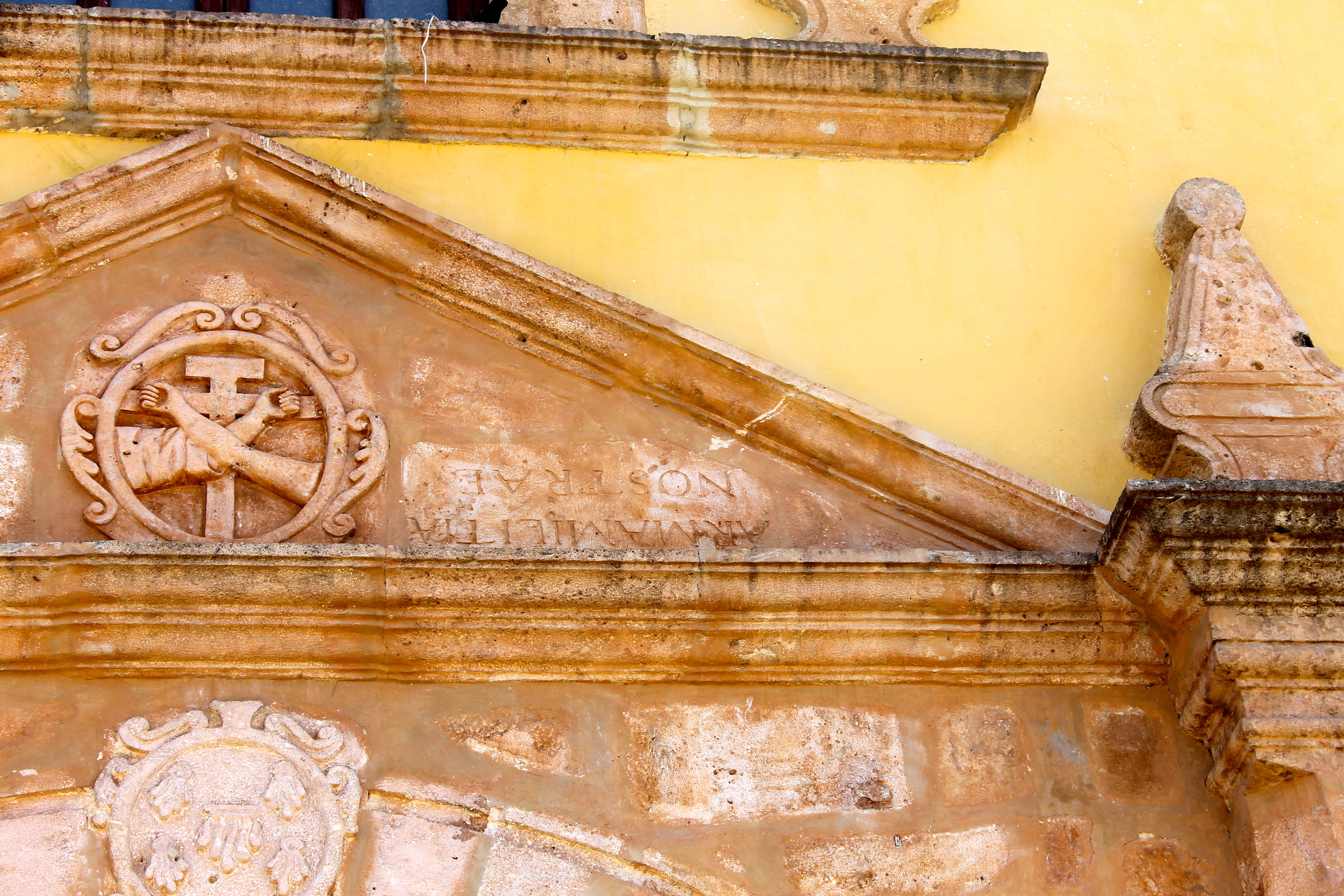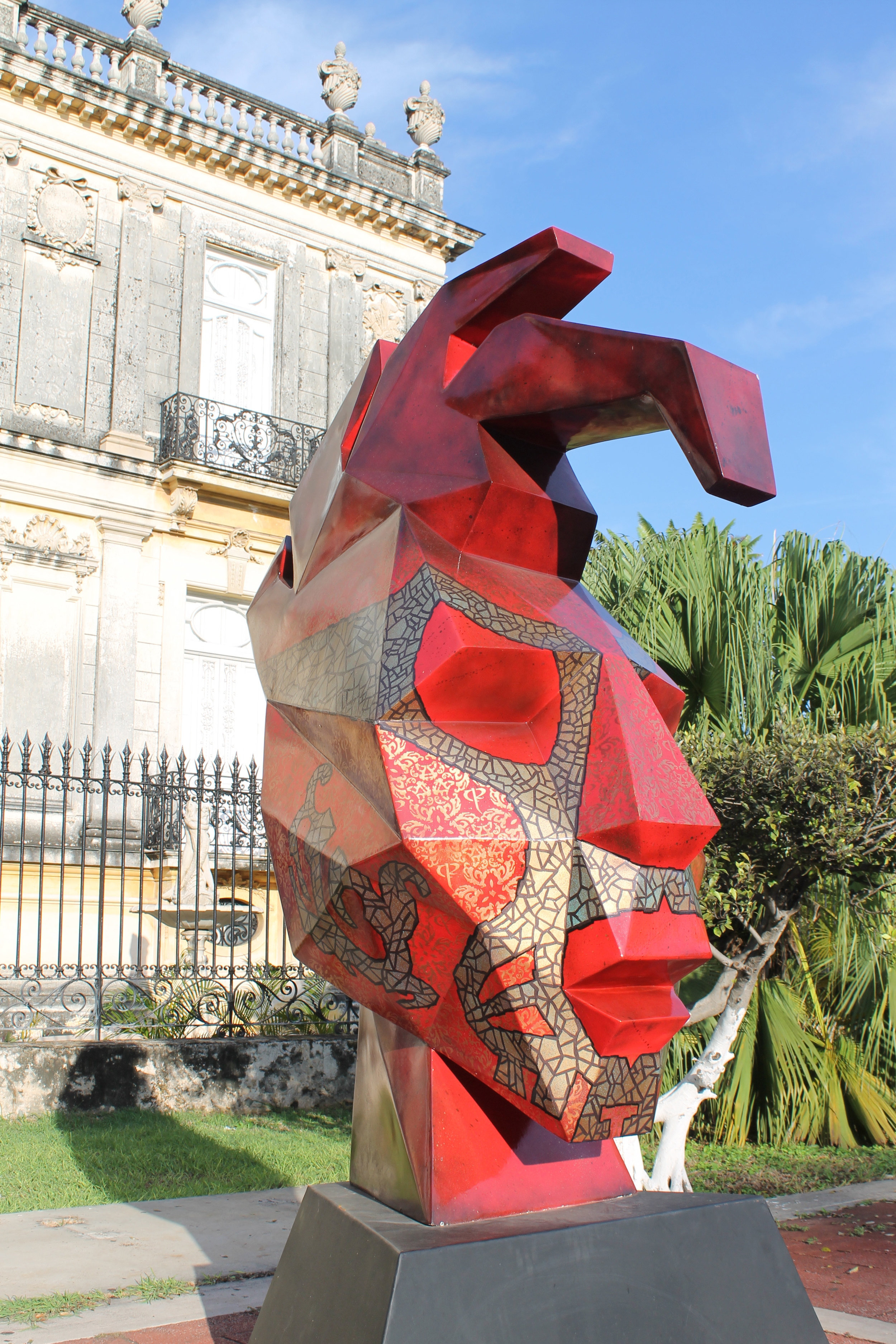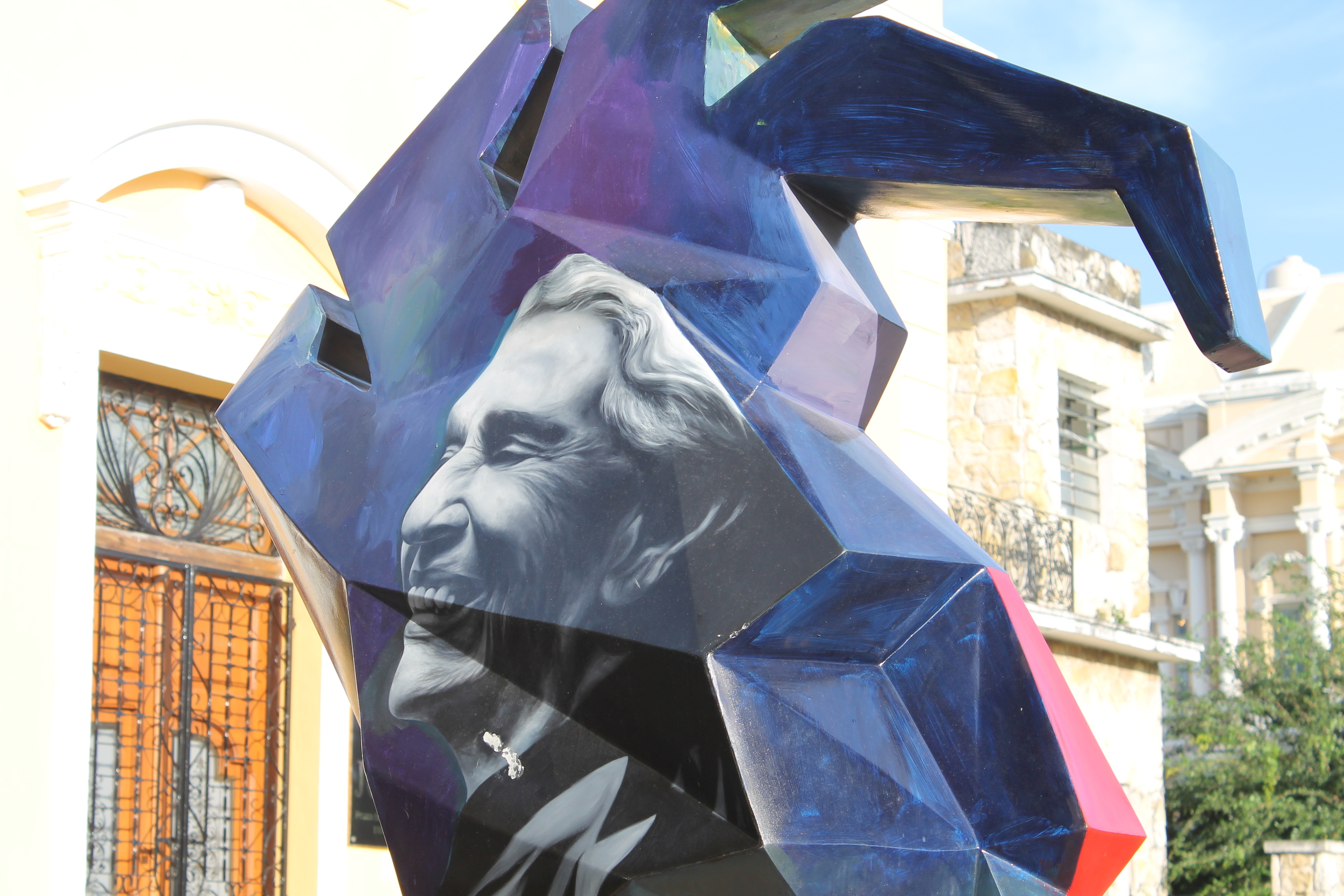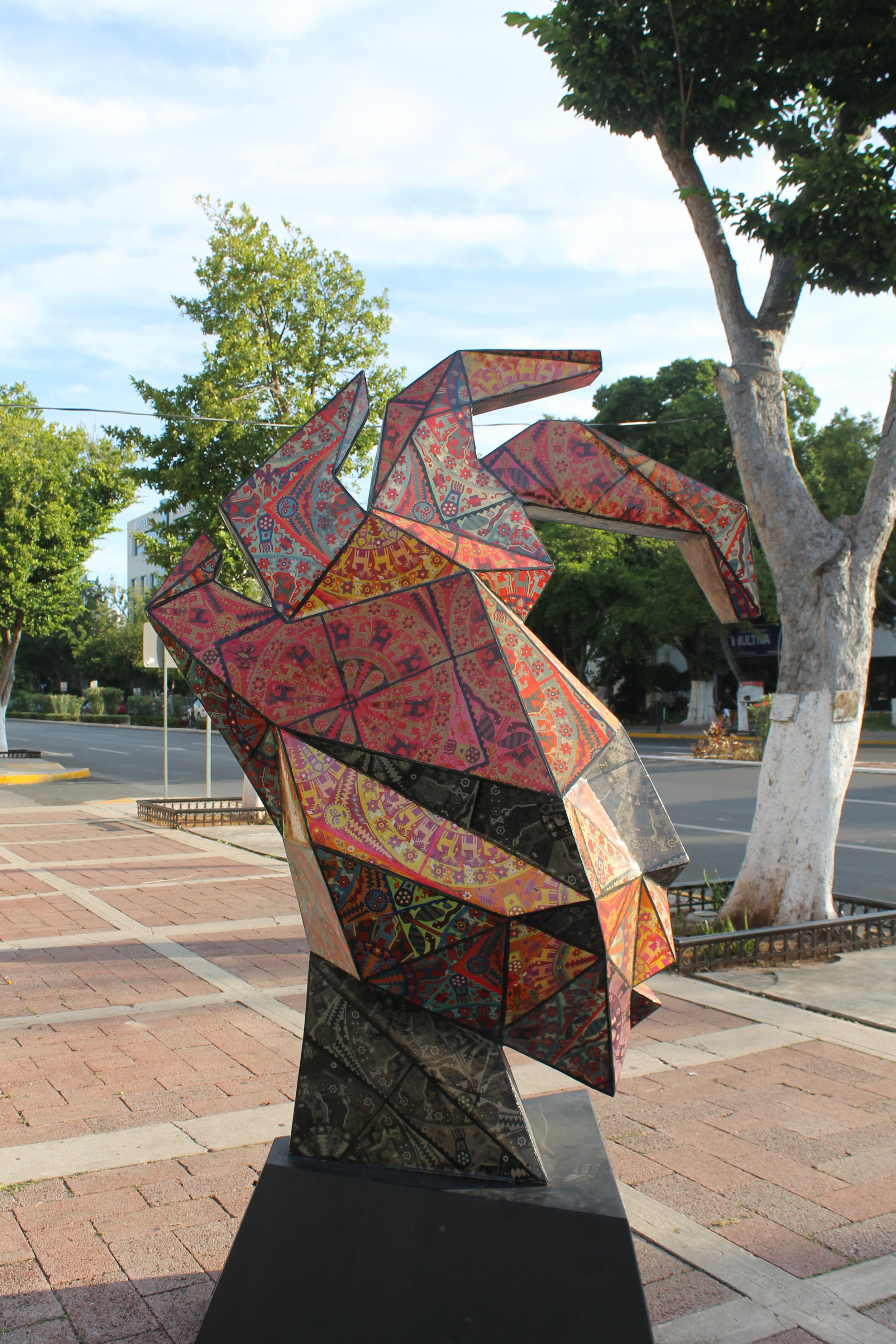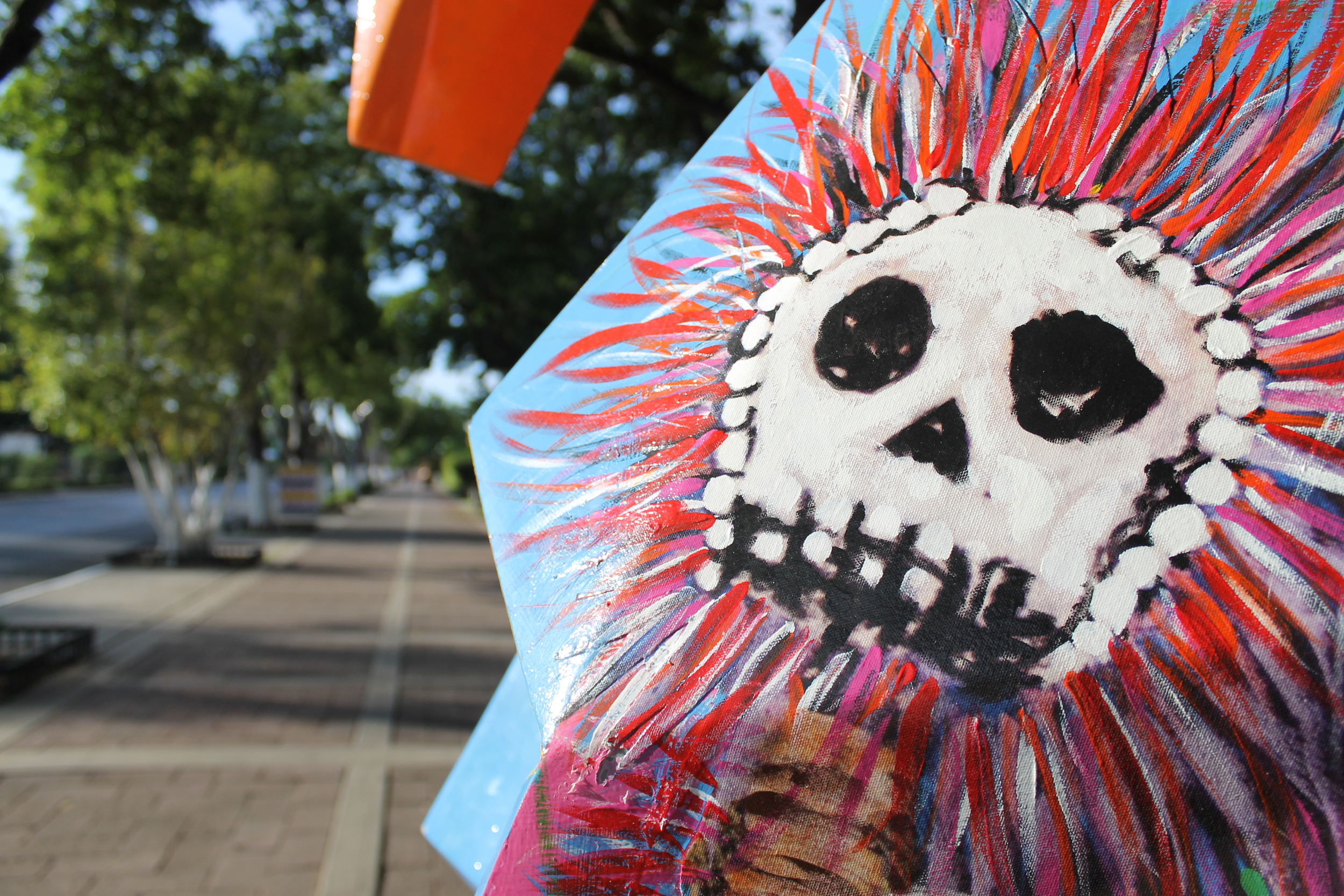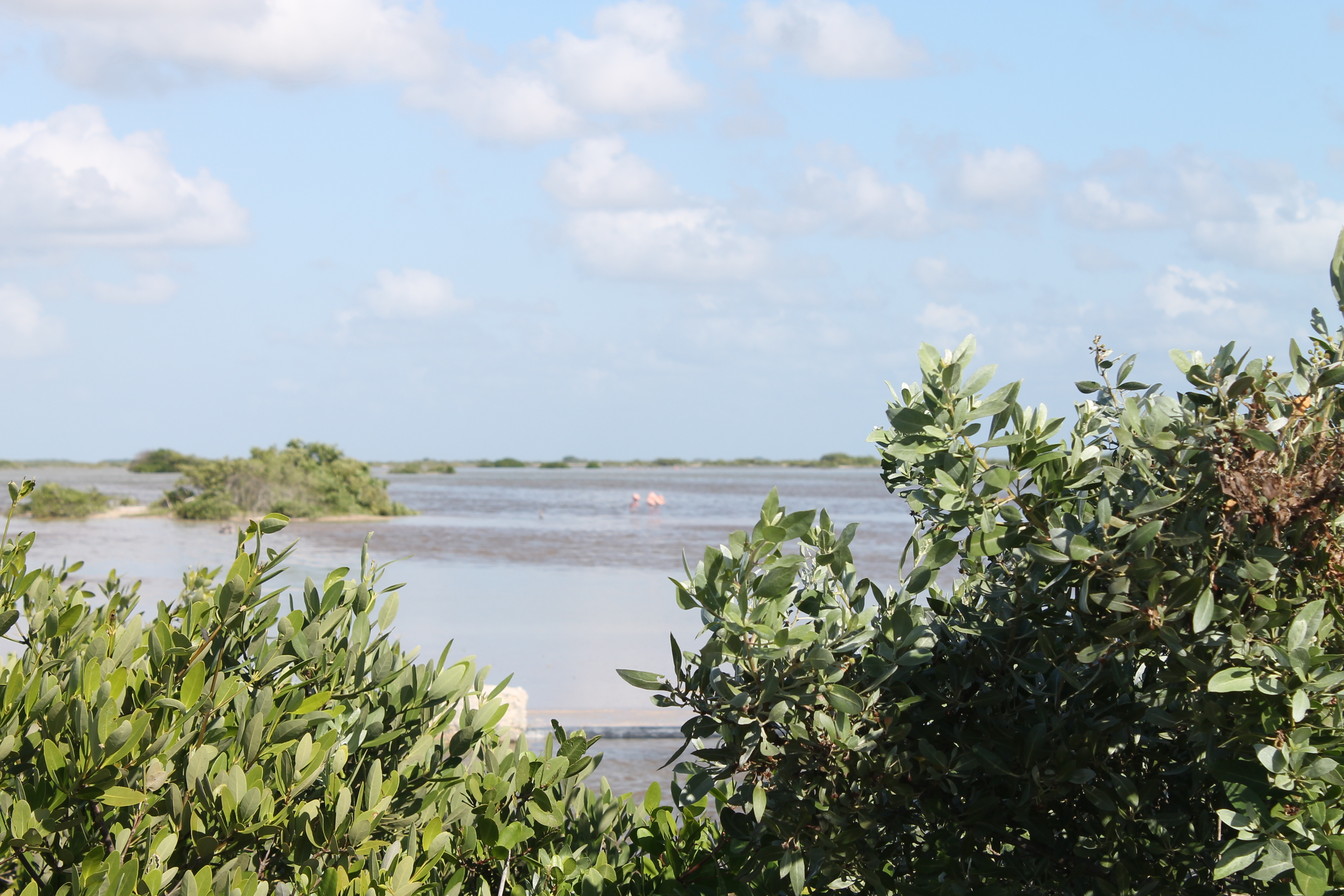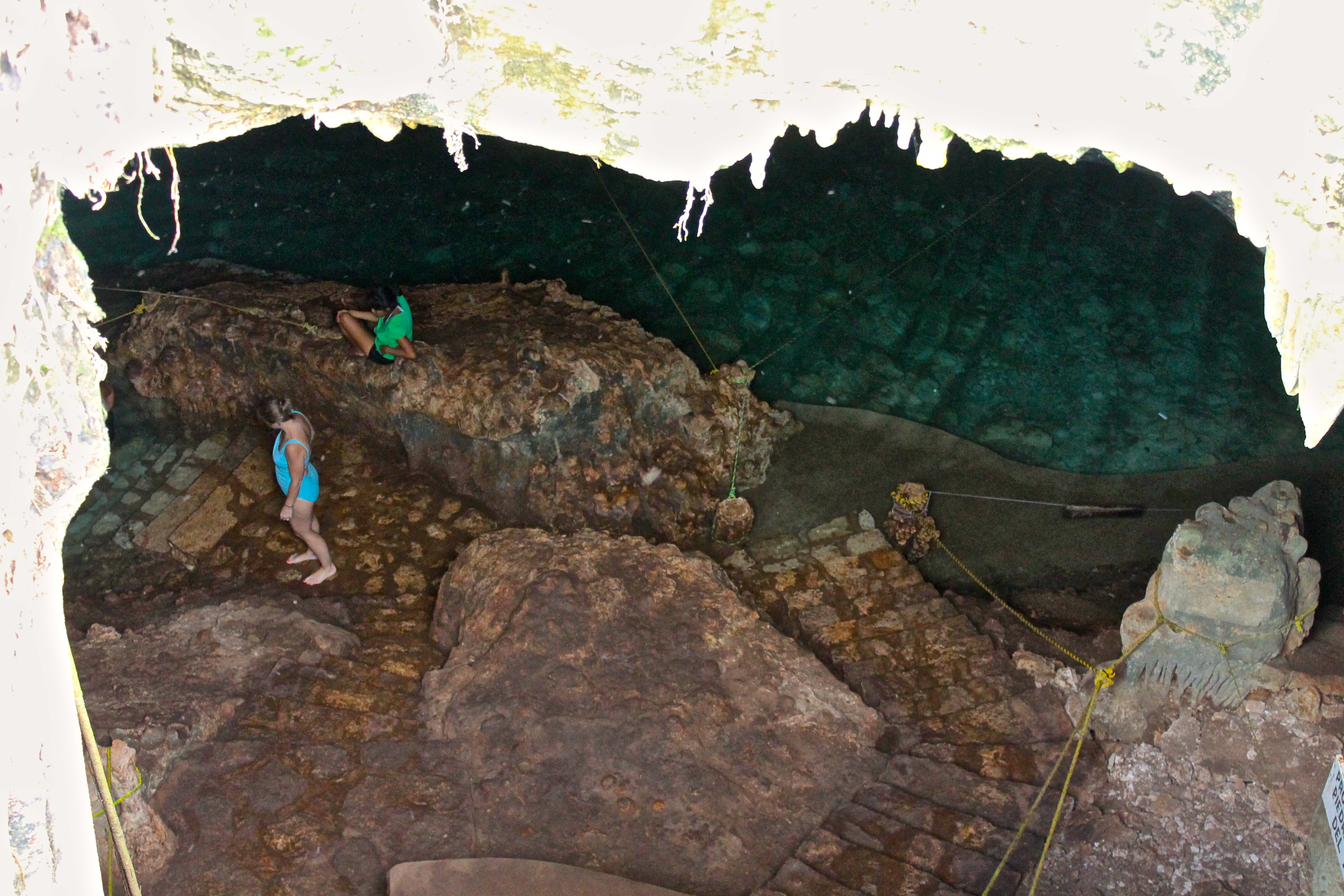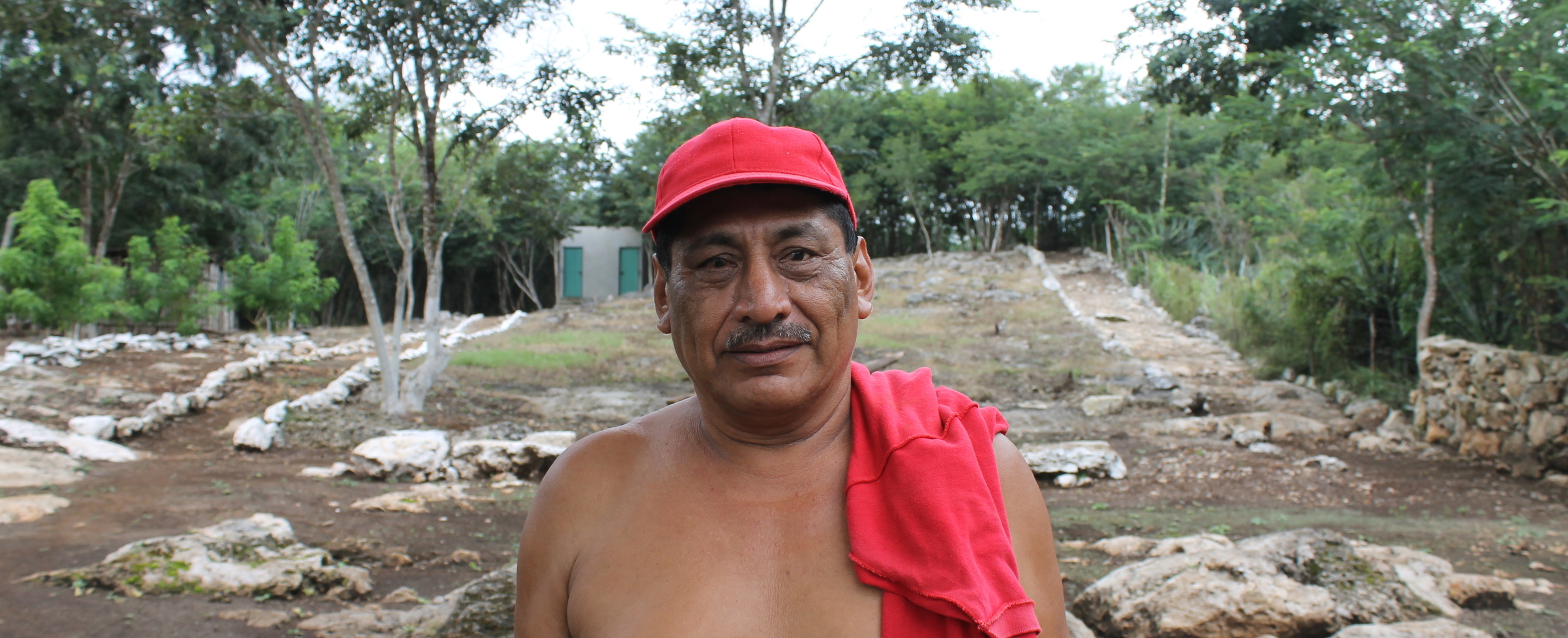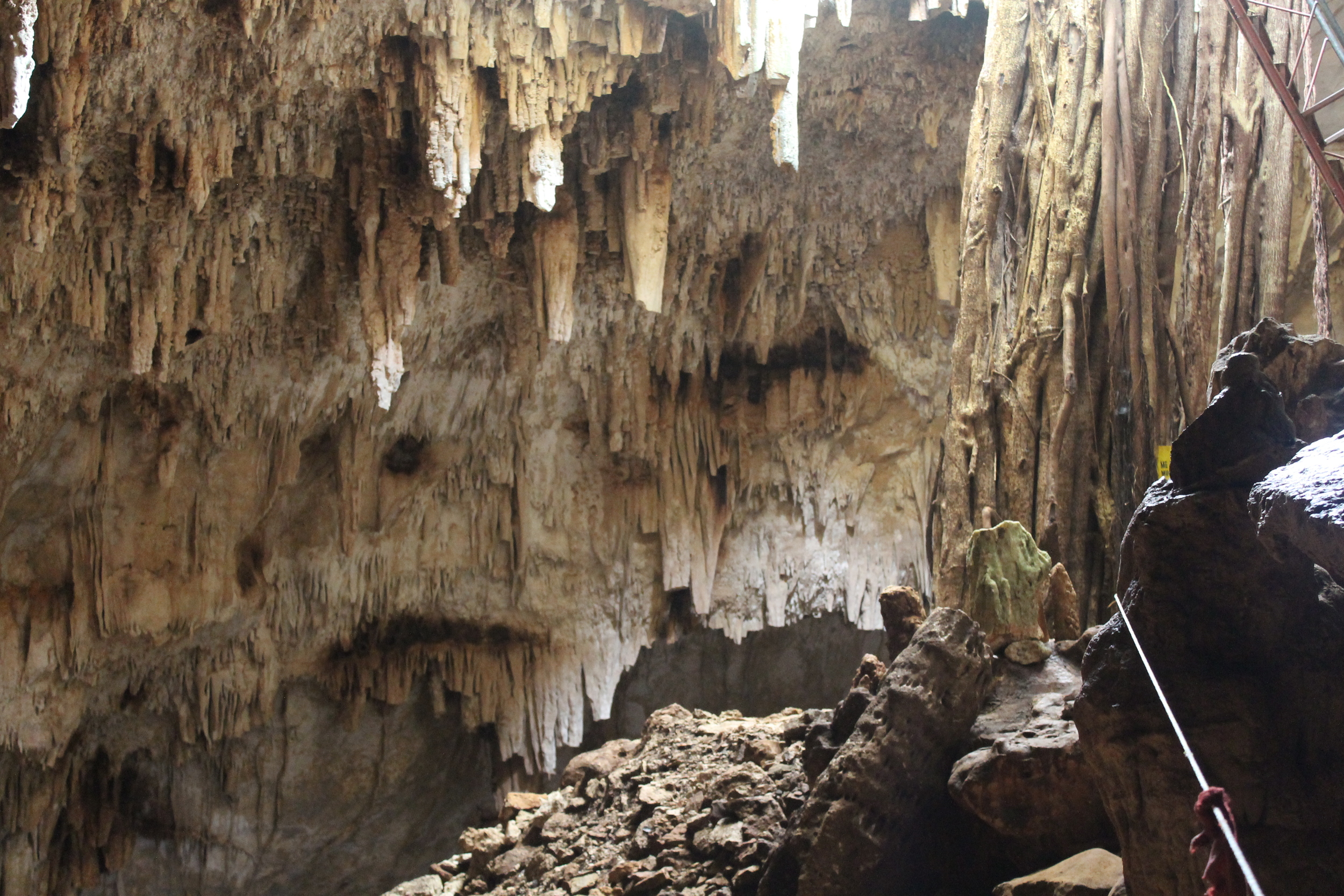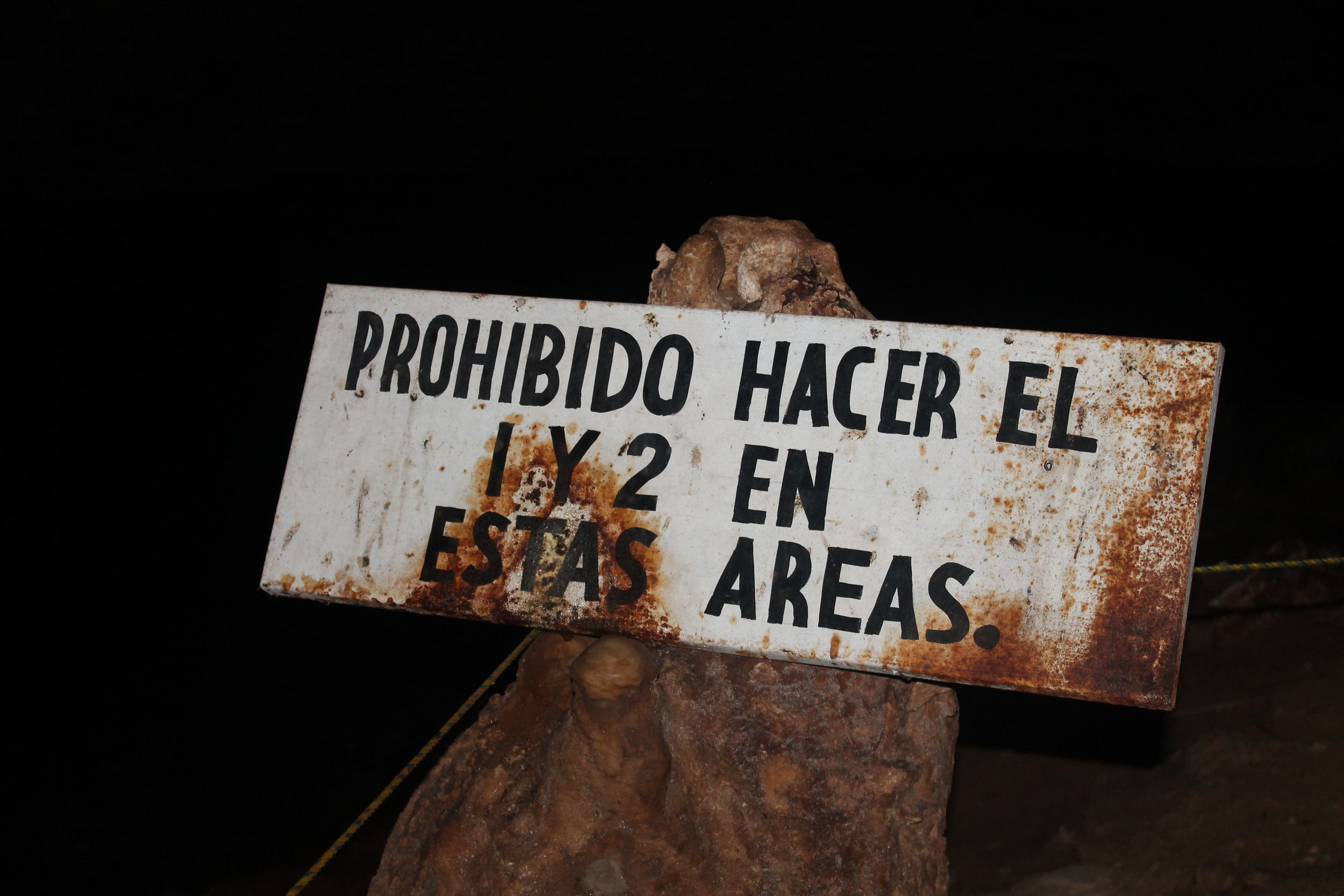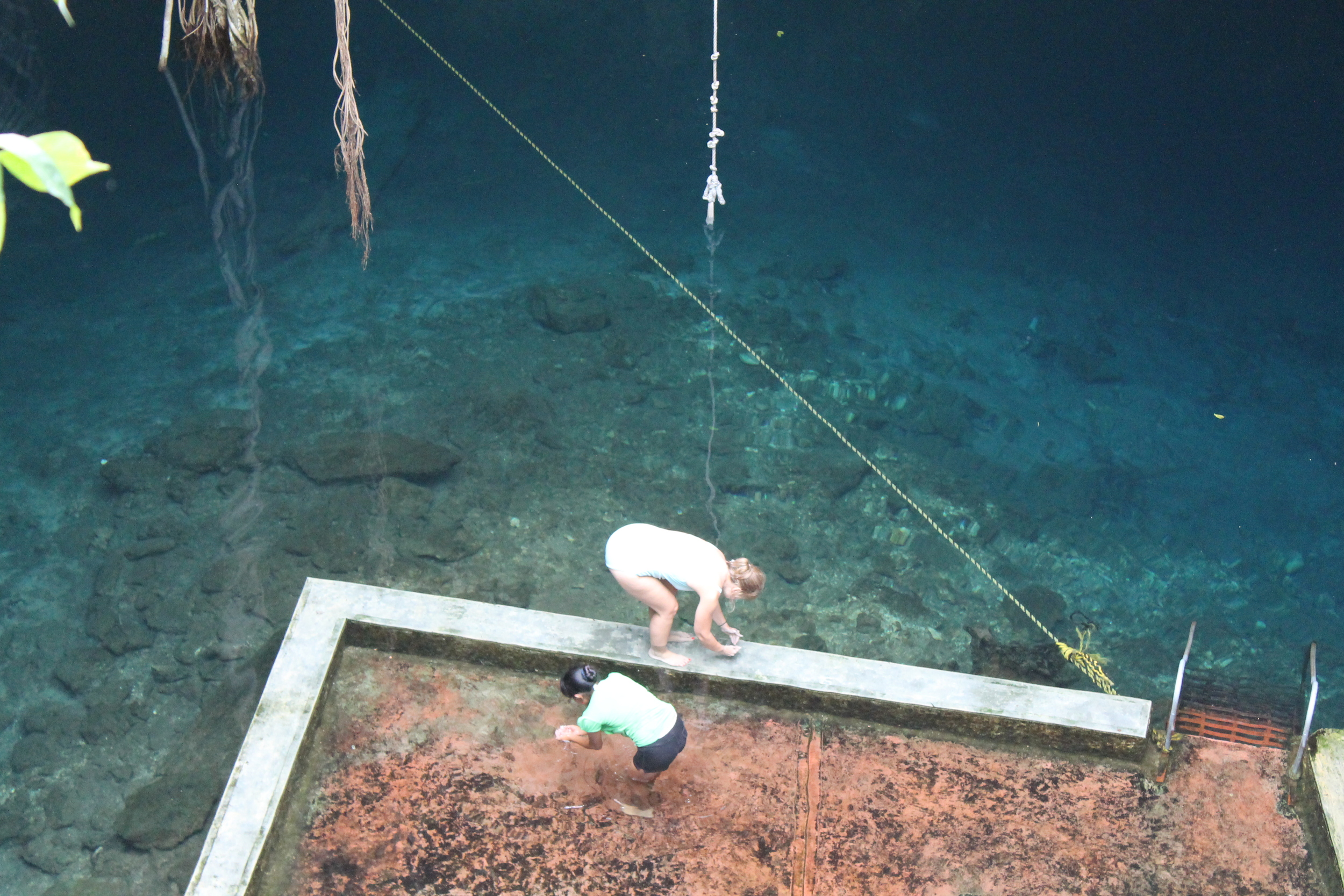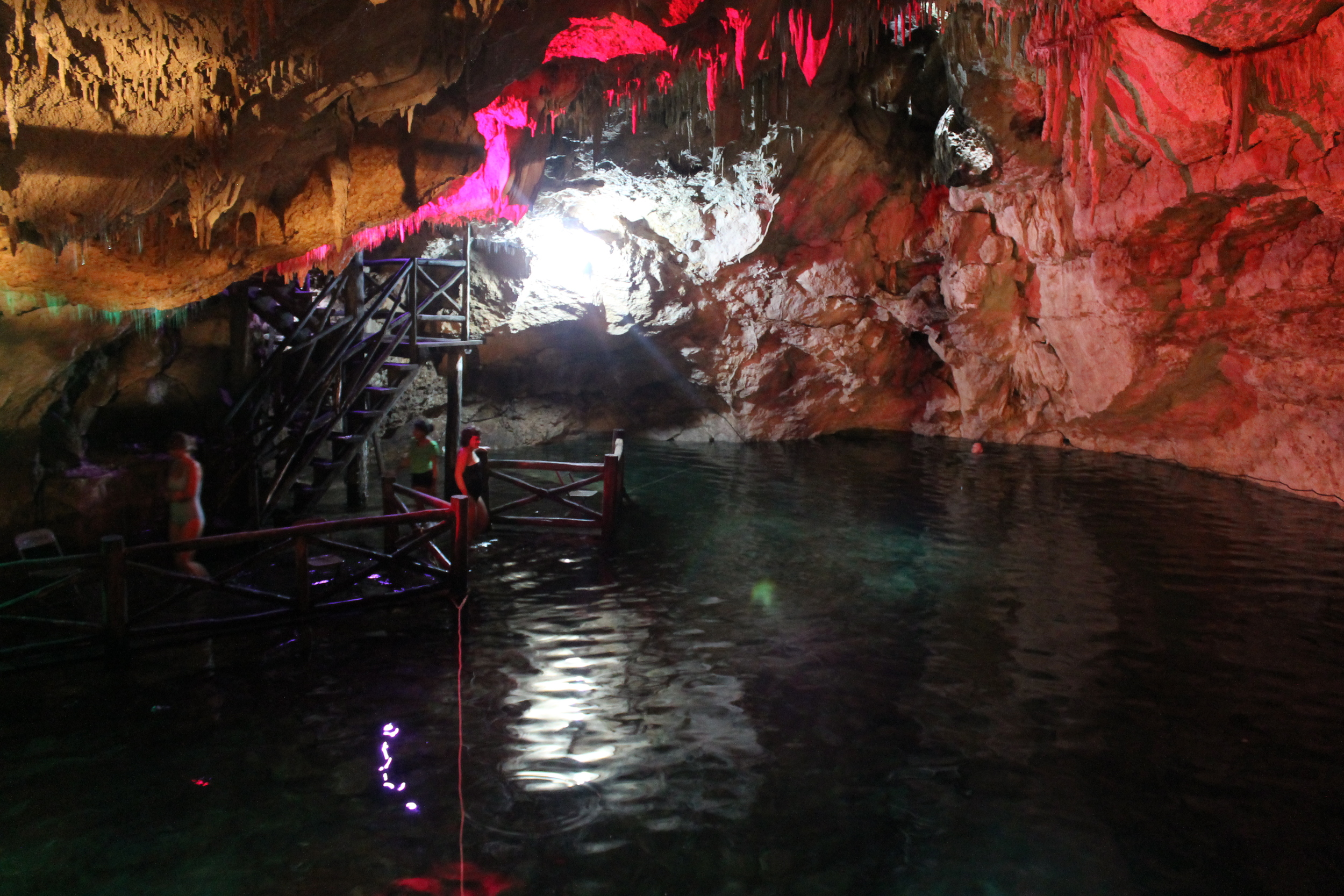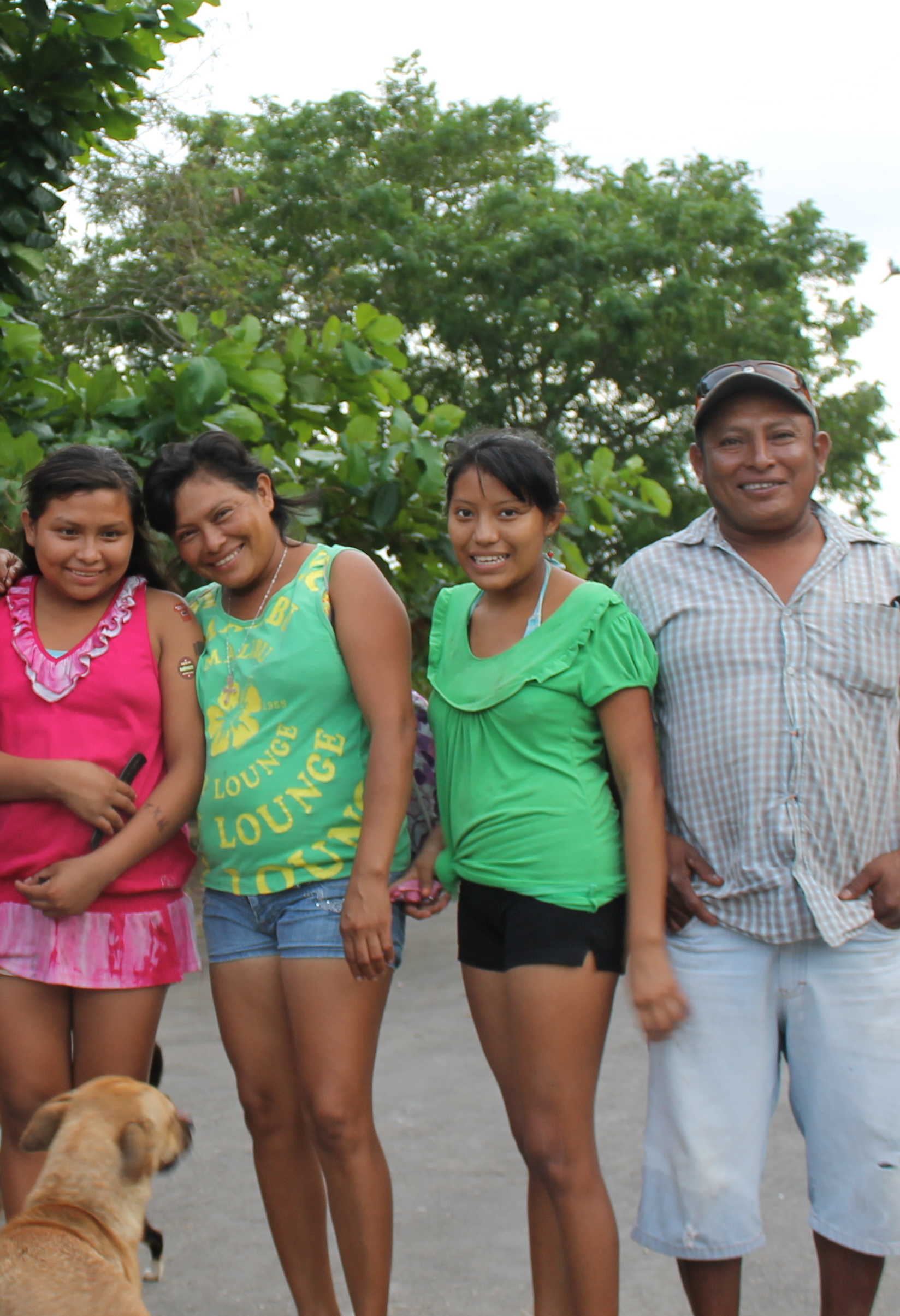Valladolid and back.
There was a tourism fair announced for Valladolid and at the last minute, I decided to go. Too late for company and I always enjoy some stress-free exploring, being able to turn down any road I find appealing without worrying that there will be nothing to entertain my guests at the end of it.
Taking the regular highway, I stopped where a sign advertised a cenote, but the person in charge said they only open it later that afternoon (Saturday) and on Sundays. Could stop by later, I thought and continued on.
Then I saw a sign for Chankom, which sounded vaguely familiar from a book I am translating and so decided to visit this obviously sleep little town a few kilometers before Valladolid. There, I found a lady selling tortas and tacos and so that's where I had breakfast. Also, the town has a gorgeous little cenote, that is not of the swimming variety, but potentially could be. No access to be had, though.
After Chankom, I headed directly into Valladolid and found that what was going on was a food expo in the main square which was right up my photographic alley and so I took some shots. I also chatted with the author Rafael Chay Arzápalo who has published a great dictionary that features photos of almost everything you can imagine, with their names in Maya, Spanish and English.
After not seeing a whole heck of a lot else, it was time to go back.
I stopped at the town of Cuncunul, driving the back road from Chichimilá. I was looking for an elusive home restaurant serving what is purported to be the best poc chuc ever, but alas, I never found it. What I did find was a tidy little town with plenty of photo ops. Here are a few of the photos of downtown Cuncunul.
After Cuncunul, I zipped through a few more towns or maybe not, can't remember and pulled into a vivero to check out plants. The name alone is worth stopping for: Mr. Collis Mystical Nursery. I bought a cacao tree, a coffee bush and a Yucatan tobacco plant to add to my garden. I also took some photos (of course).
Finally, just before Merida, I stopped at Holca to check out the church which in all these years I had never done, and have some roadside chicken, one of my favourite meals.
At the end of the day, I was rewarded - for what I don't know - with a beautiful fall sunset.
































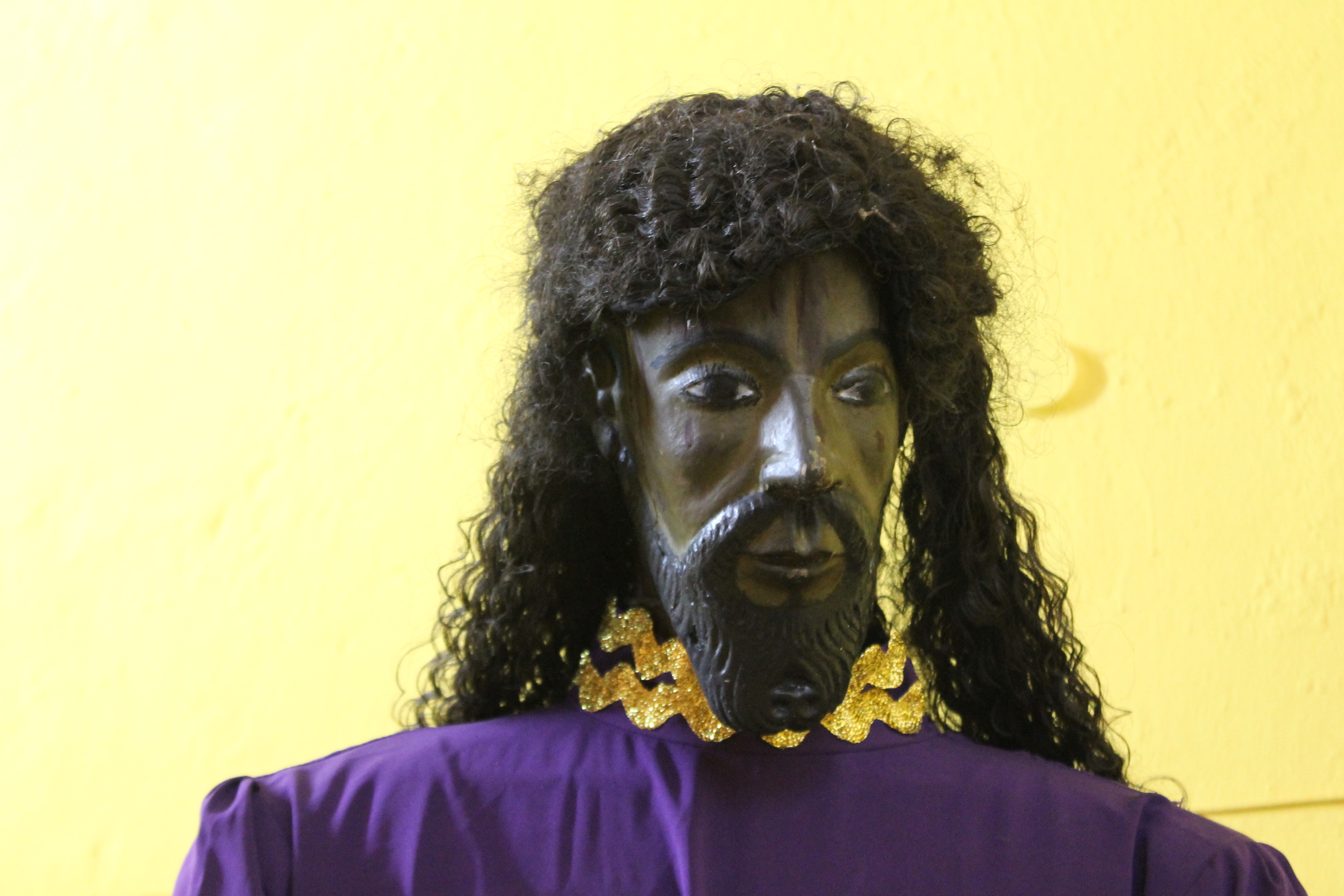


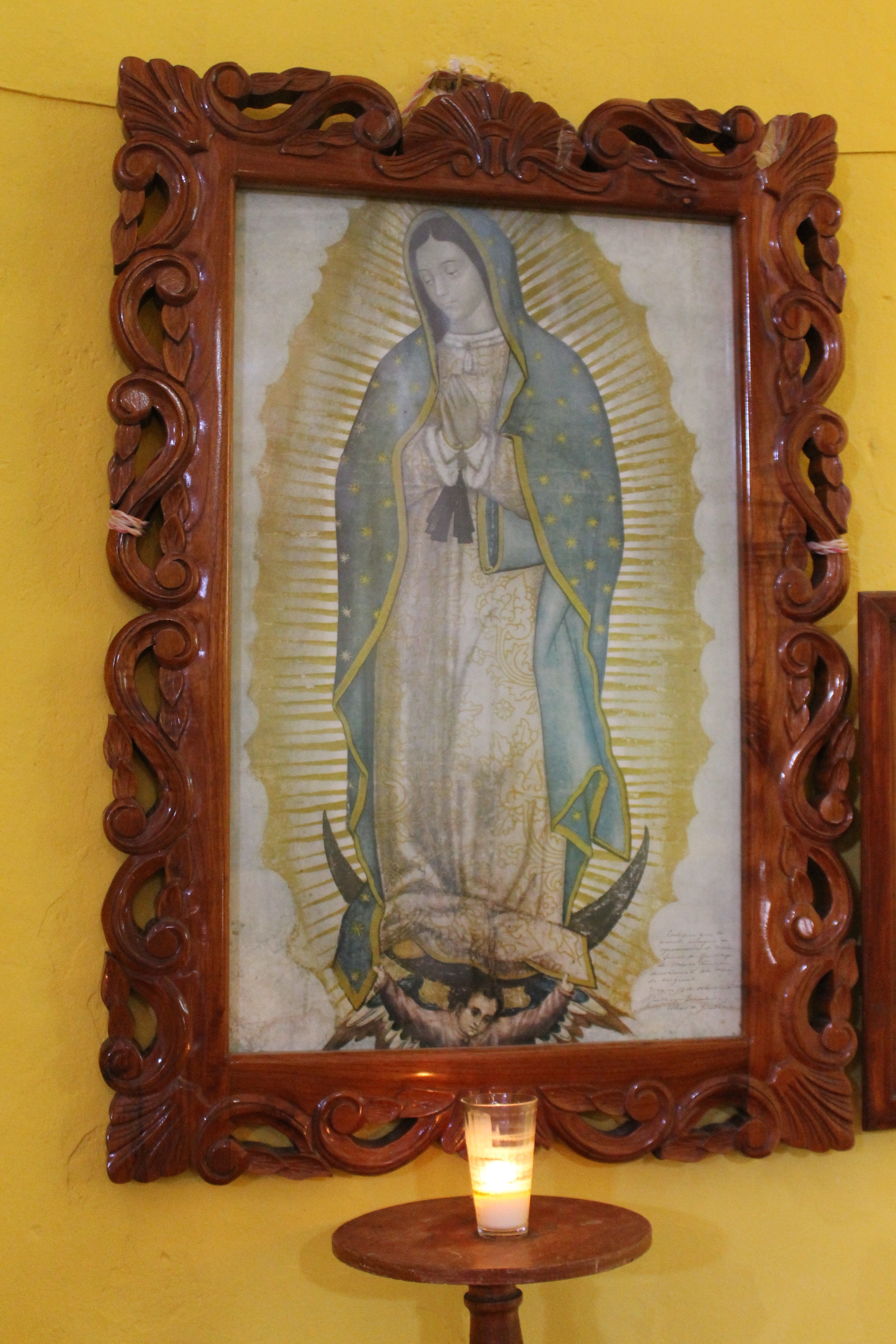













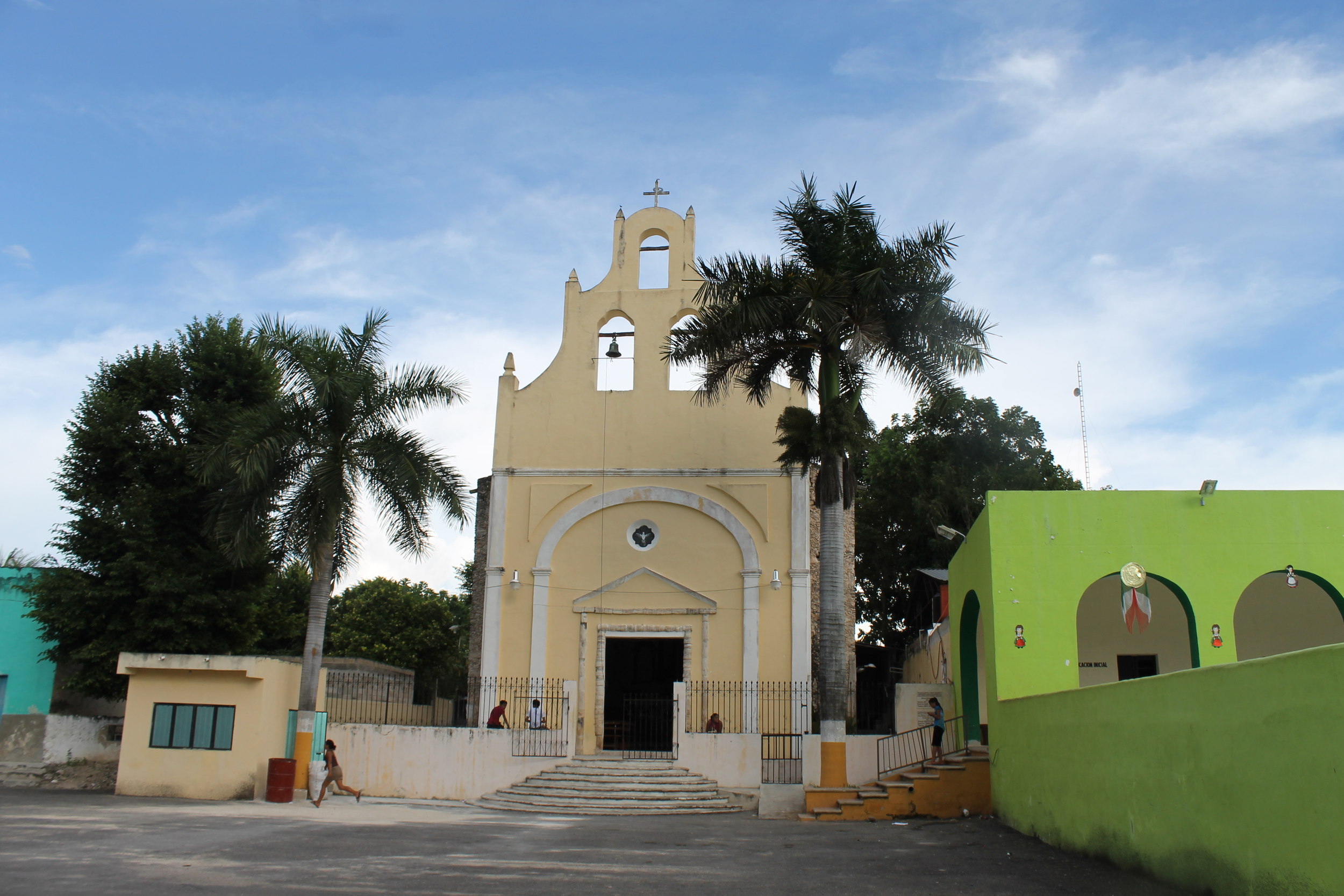
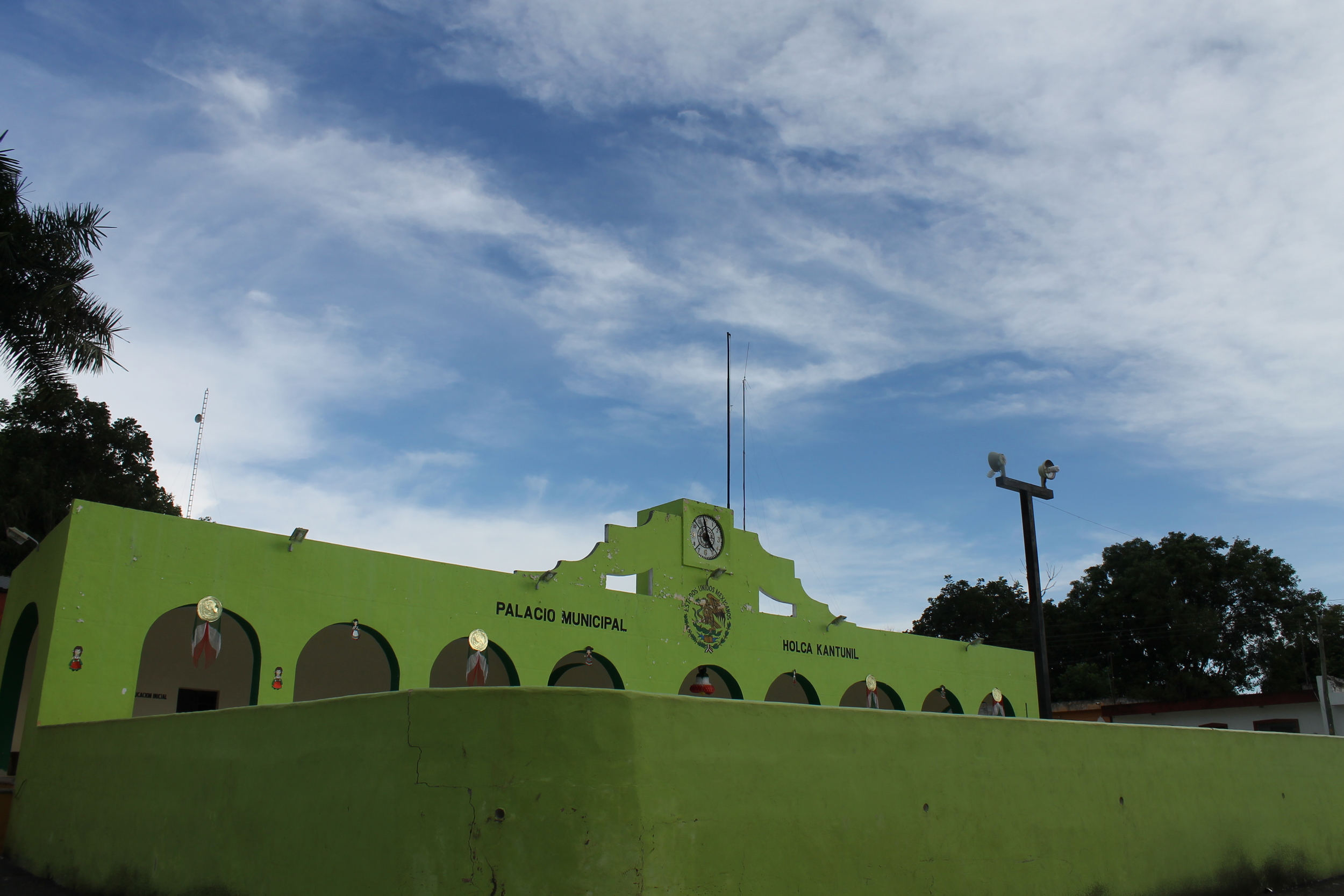

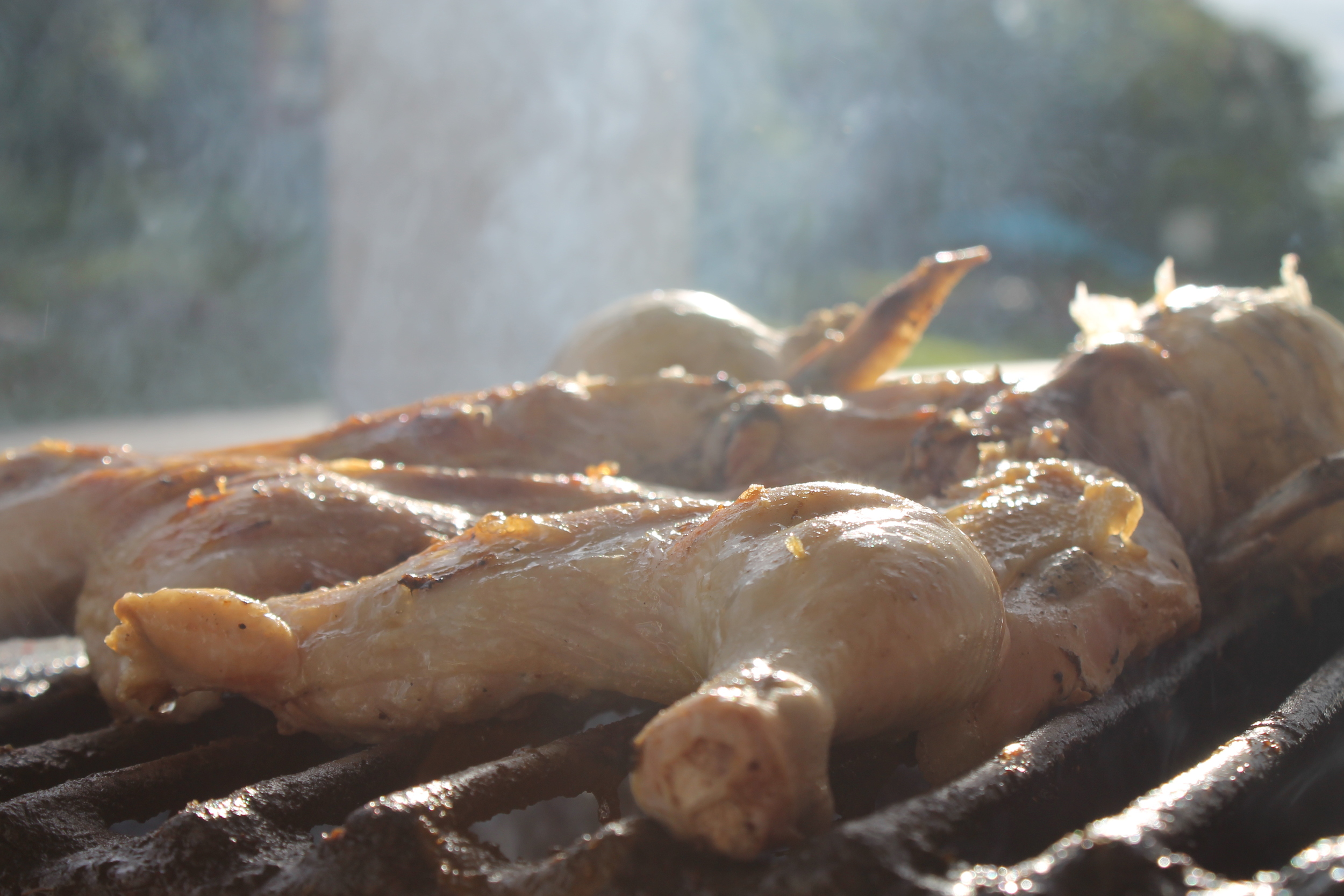
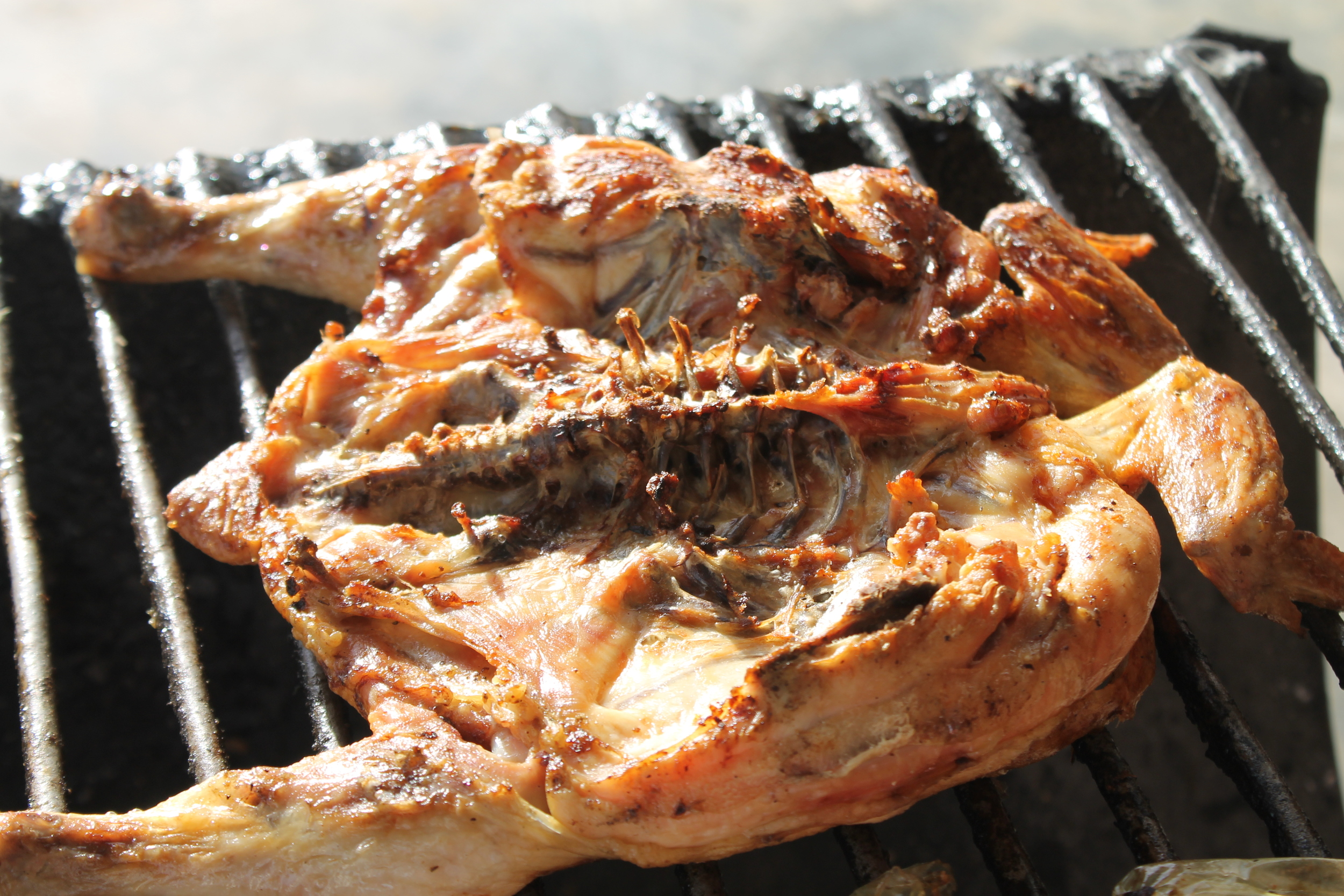




![IMG_2686[1].JPG](https://images.squarespace-cdn.com/content/v1/51656e42e4b0d3f496678394/1407421429376-6GJYKMJNUN1REGR2L7HV/IMG_2686%5B1%5D.JPG)
![IMG_2687[1].JPG](https://images.squarespace-cdn.com/content/v1/51656e42e4b0d3f496678394/1407421465914-3PHCYFAPNV8R3TDONRCU/IMG_2687%5B1%5D.JPG)
![IMG_2689[1].JPG](https://images.squarespace-cdn.com/content/v1/51656e42e4b0d3f496678394/1407421549921-7ZZ0KR0I5P36HZJ5N9IA/IMG_2689%5B1%5D.JPG)






































